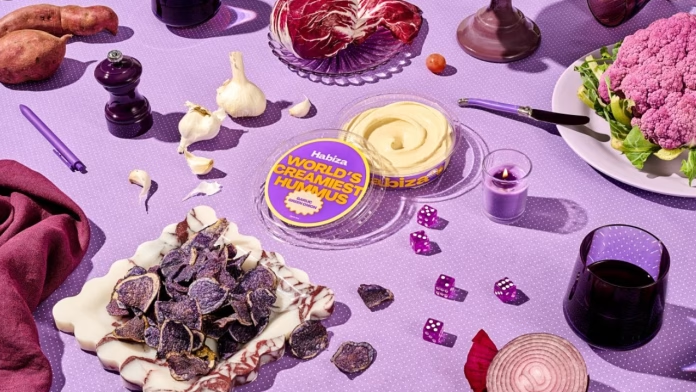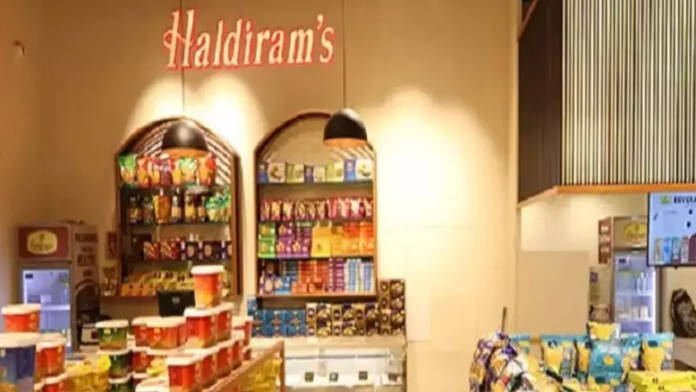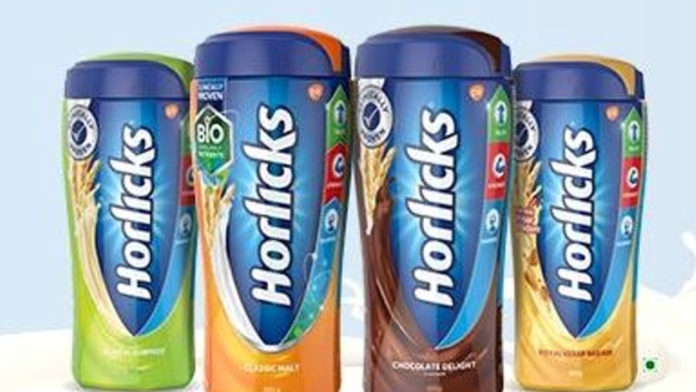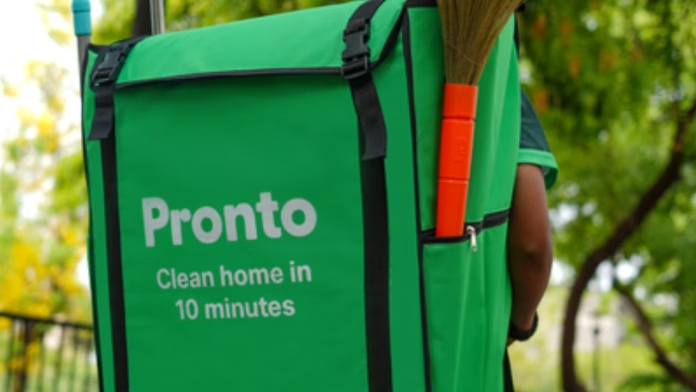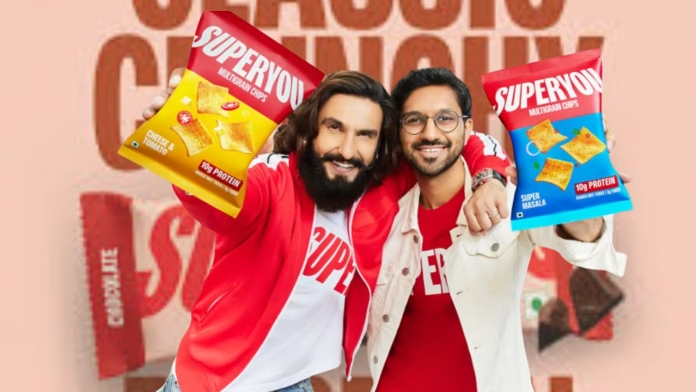Naturals Salons has appointed actor Sreeleela as its new brand ambassador as the company sharpens its focus on expansion, entrepreneurship and workforce development in India’s organised beauty services market. The association comes as the salon chain works towards an ambitious goal of enabling 1,000 franchise entrepreneurs and generating more than 15,000 stylist jobs by the end of 2026.
Founded by K Veena, Naturals operates on a franchise driven model that has helped bring structure to a largely fragmented salon industry. The company provides its partners with centralised training, technology support and standardised service protocols, allowing individual entrepreneurs to scale with consistency and quality. Over the years, the brand has steadily expanded across metropolitan cities as well as smaller towns, building a nationwide footprint.
The choice of Sreeleela reflects Naturals’ effort to deepen engagement with younger consumers. With Gen Z and millennial customers increasingly driving demand for organised beauty and wellness services, the company believes the actor’s growing presence across regional and Hindi cinema aligns well with its evolving audience profile.
Alongside the brand ambassador announcement, Naturals has rolled out a new loyalty initiative titled the Customer First Card. The programme allows members to access salon services worth ₹30,000 for an upfront payment of ₹20,000, valid for one year. The offering is available across more than 900 Naturals outlets and includes flexible EMI options, reinforcing the brand’s focus on affordability and customer retention.
As it moves closer to its four figure franchise milestone, Naturals continues to invest in training academies, digital tools and operational systems to support its partner salons. The company says these efforts are central to professionalising the beauty workforce and creating sustainable livelihood opportunities.
For Naturals, the latest appointment is part of a broader strategy to build a scalable, responsible beauty services platform rooted in India’s domestic growth potential. With expansion underway and a renewed focus on younger consumers, the salon chain is positioning itself as a key player in the country’s evolving beauty and wellness ecosystem.


